Focus on Learning
Kindergarten: Mrs Wendy Rheinberger
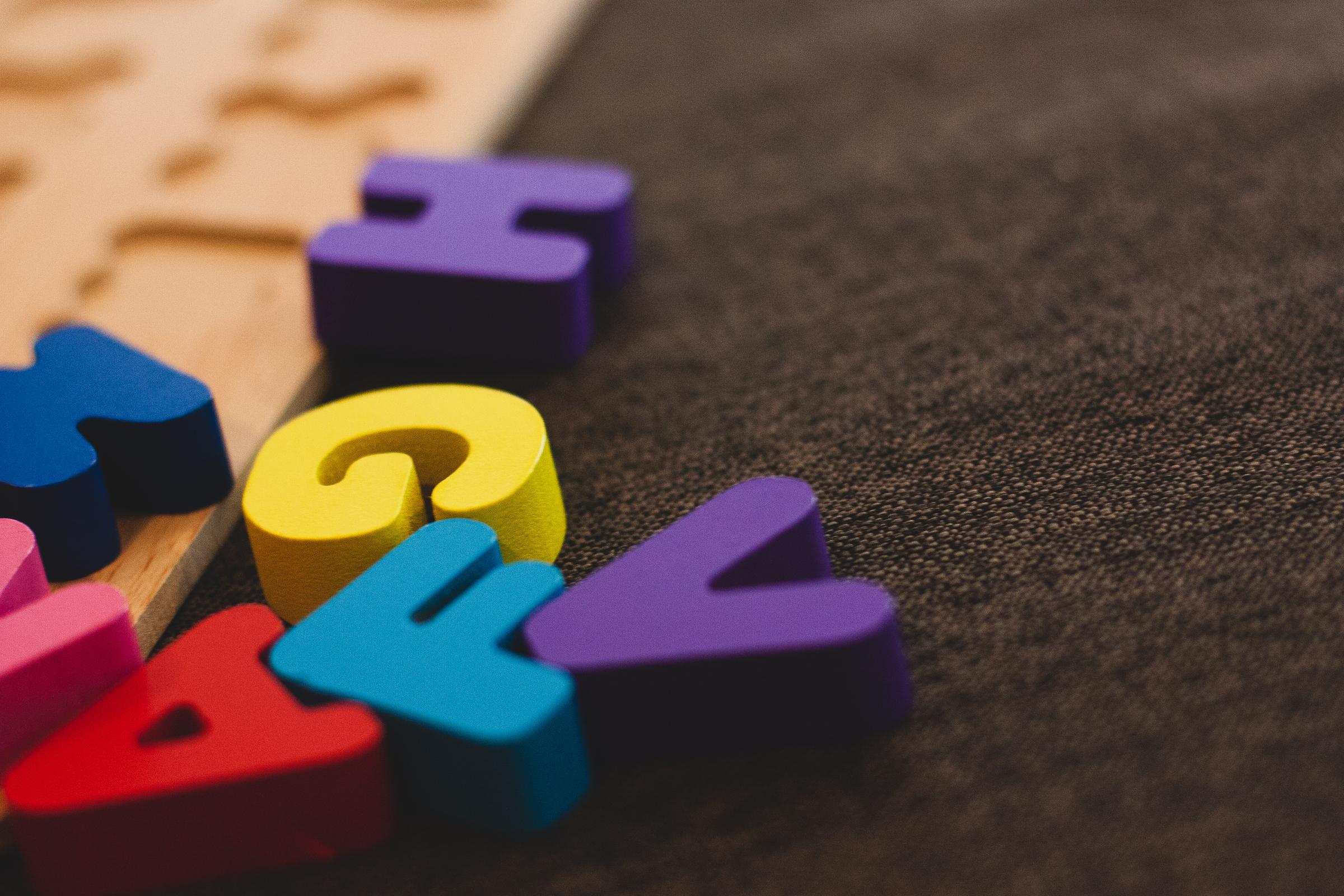
Focus on Learning
Kindergarten: Mrs Wendy Rheinberger


Concrete materials (also known as hands-on equipment) help students learn new concepts and relate them to what they have already learned. It allows learners to construct their own mental picture models for mathematical ideas. It also has the additional advantage of sparking more interest in the topic to make mathematics more engaging.
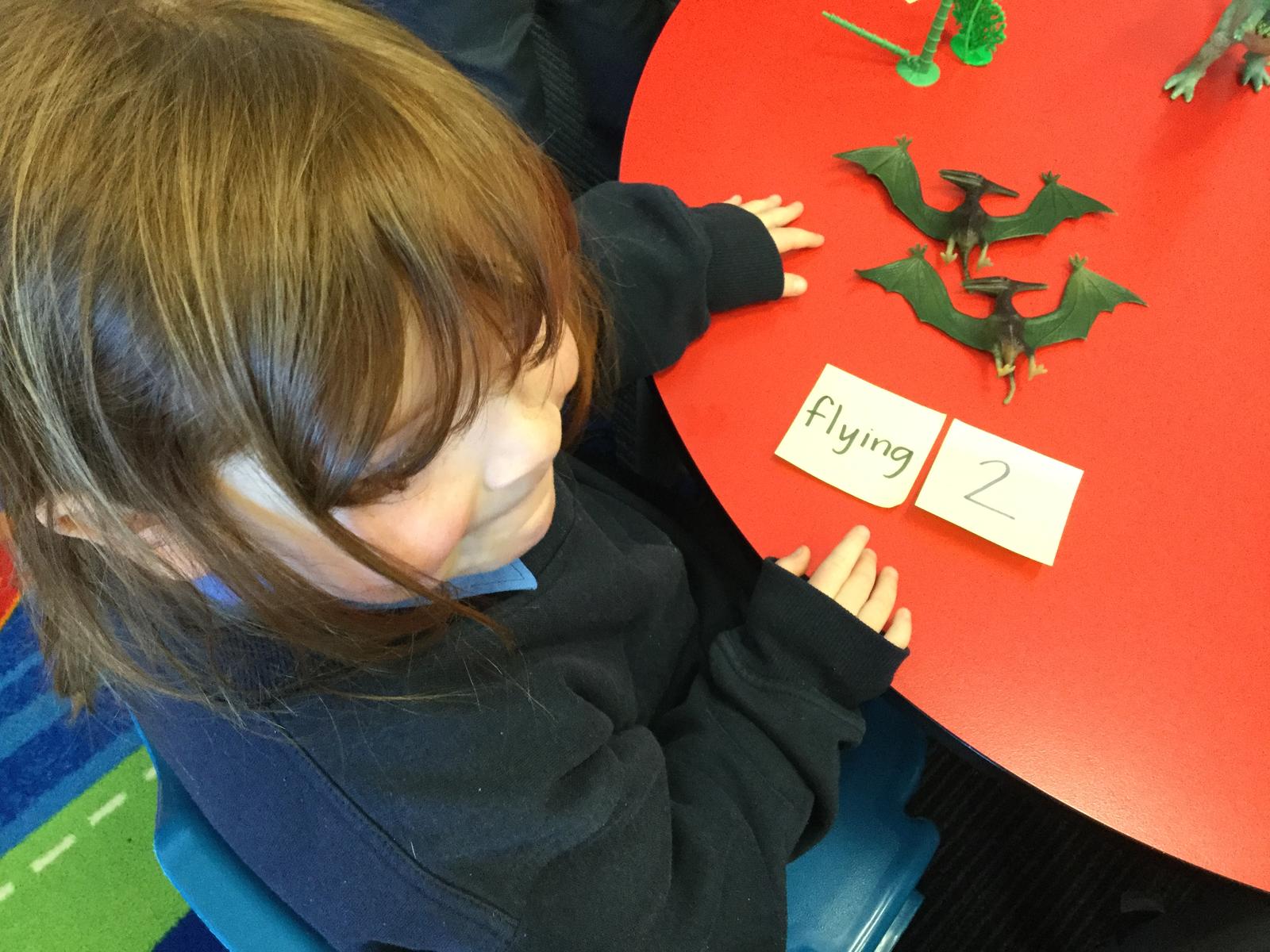
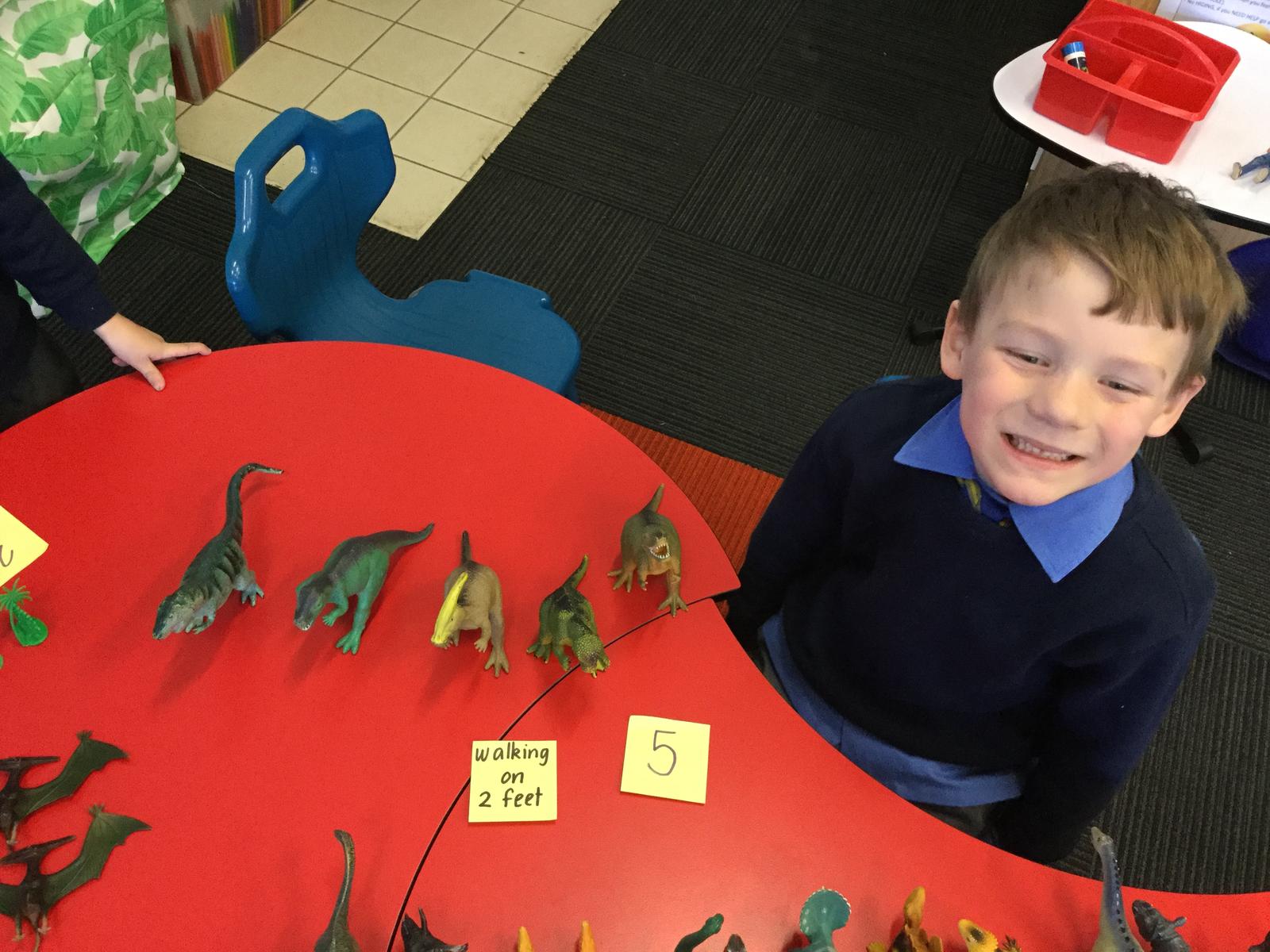
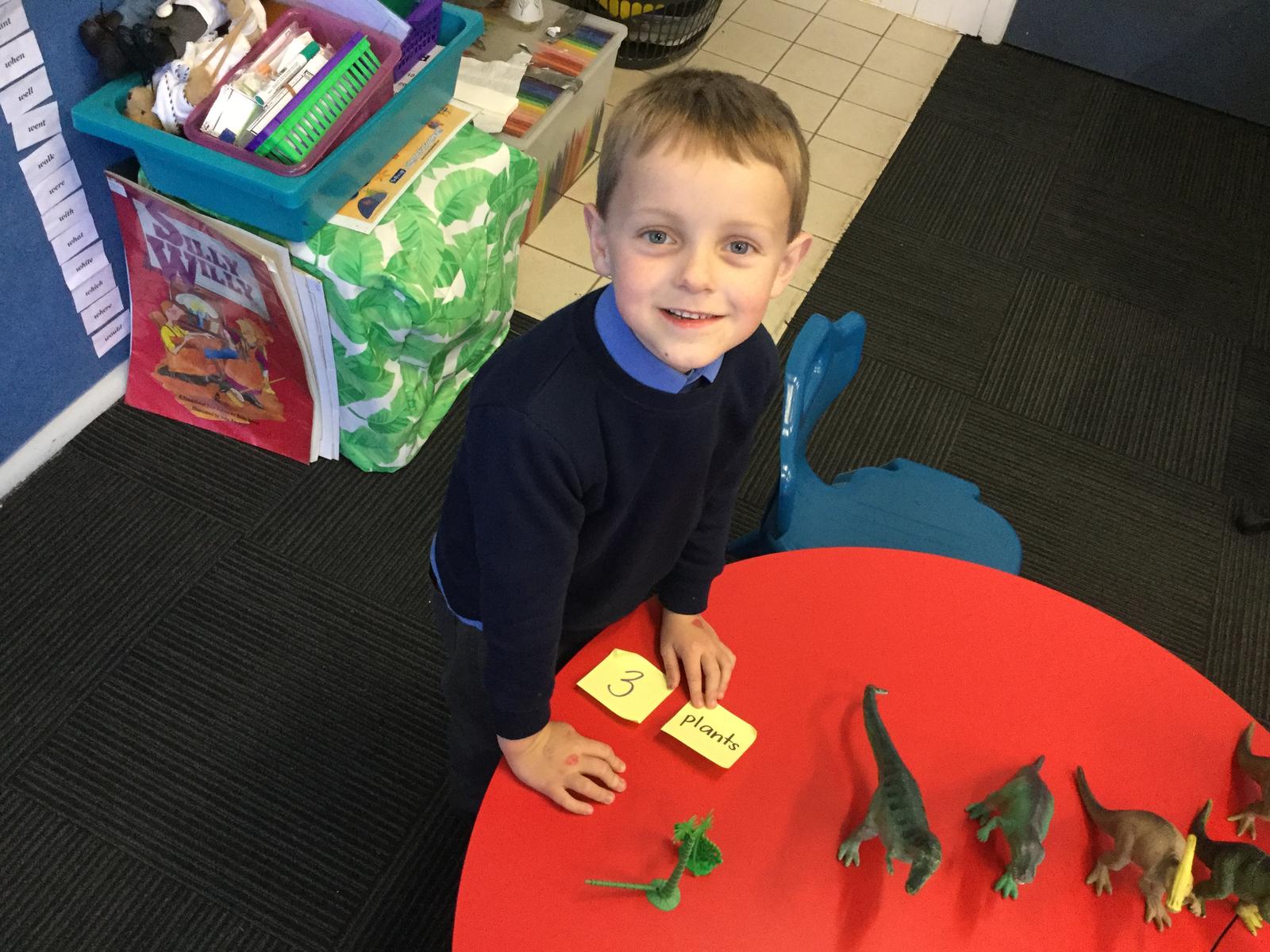
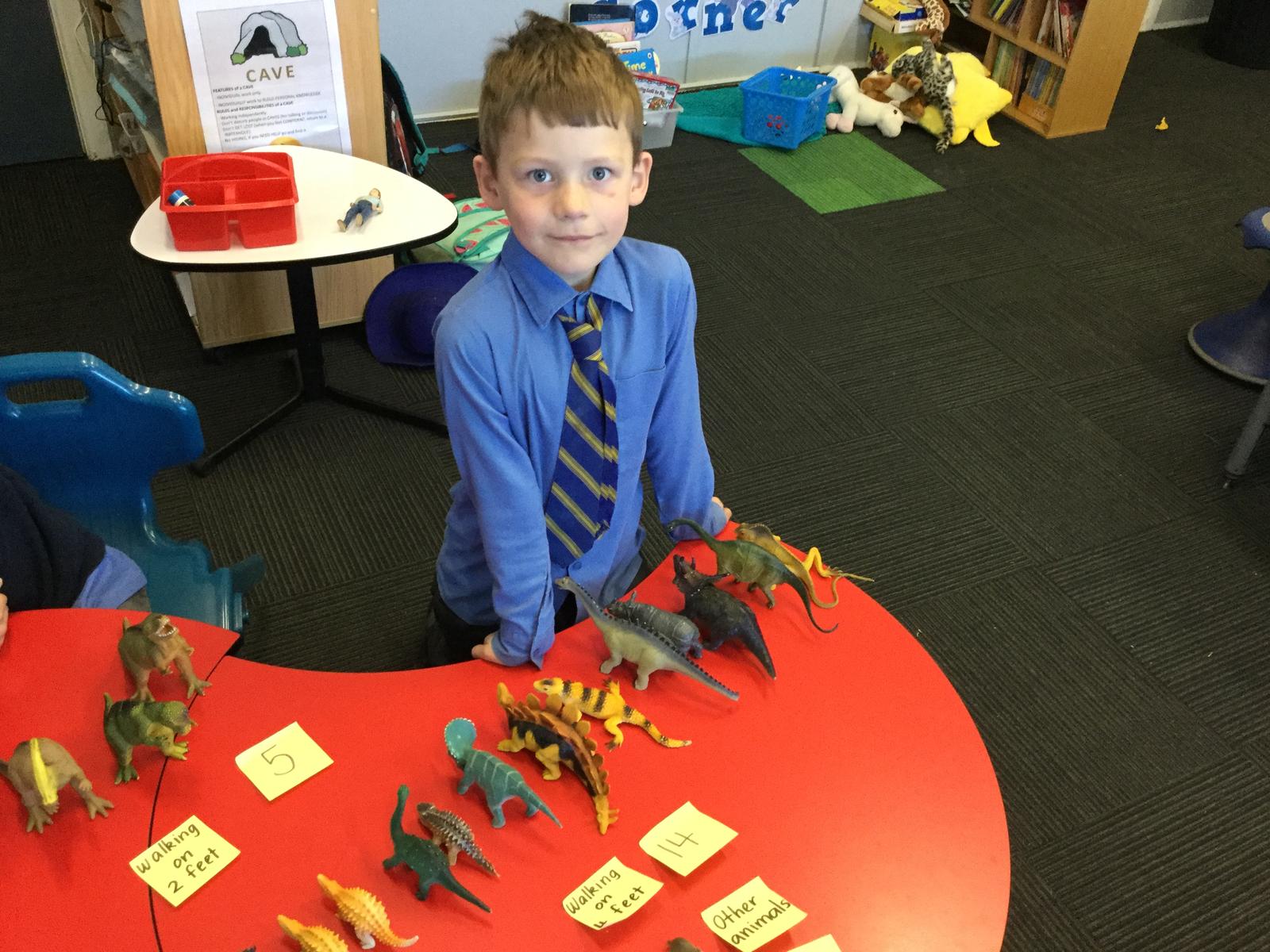
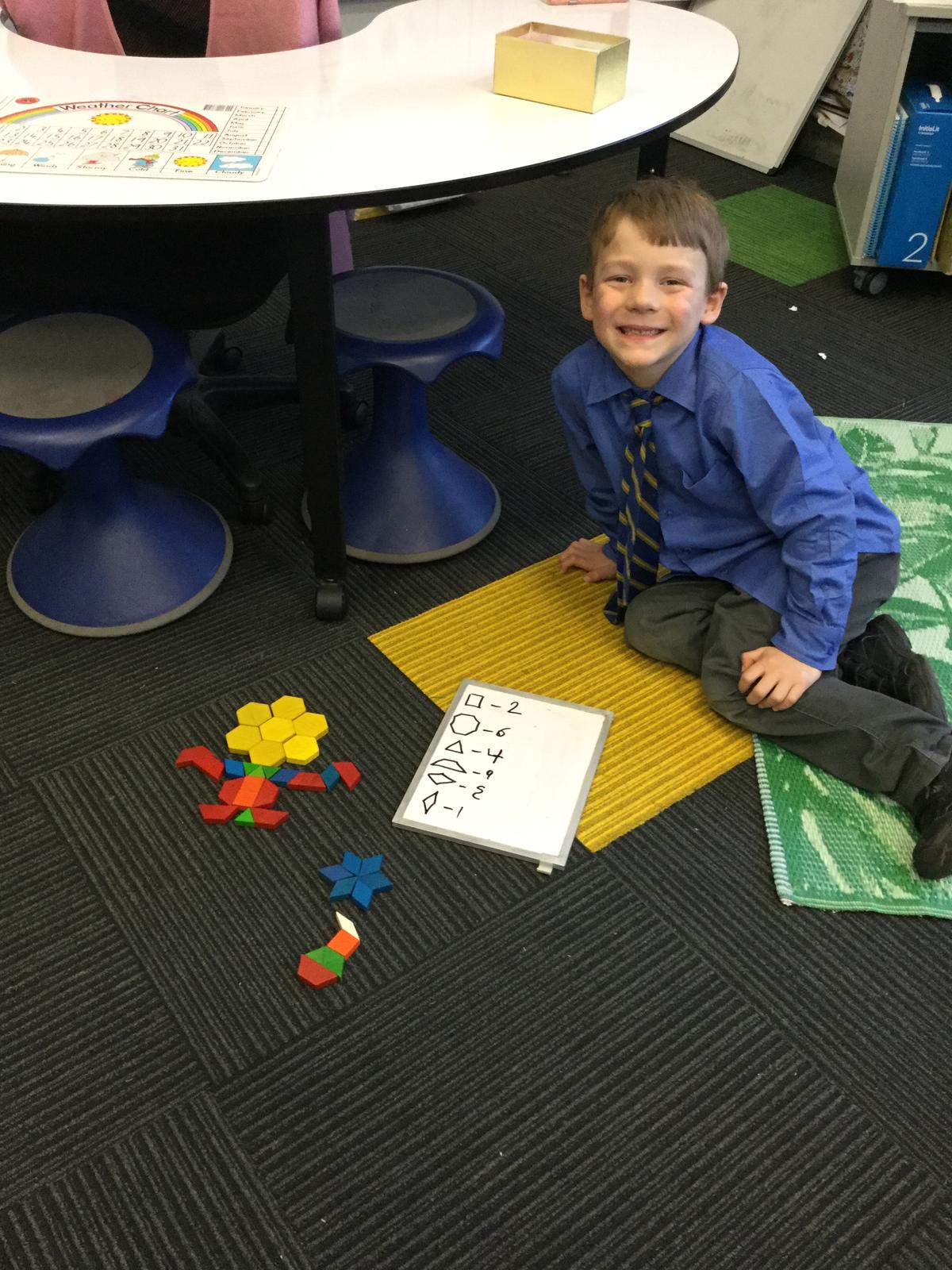
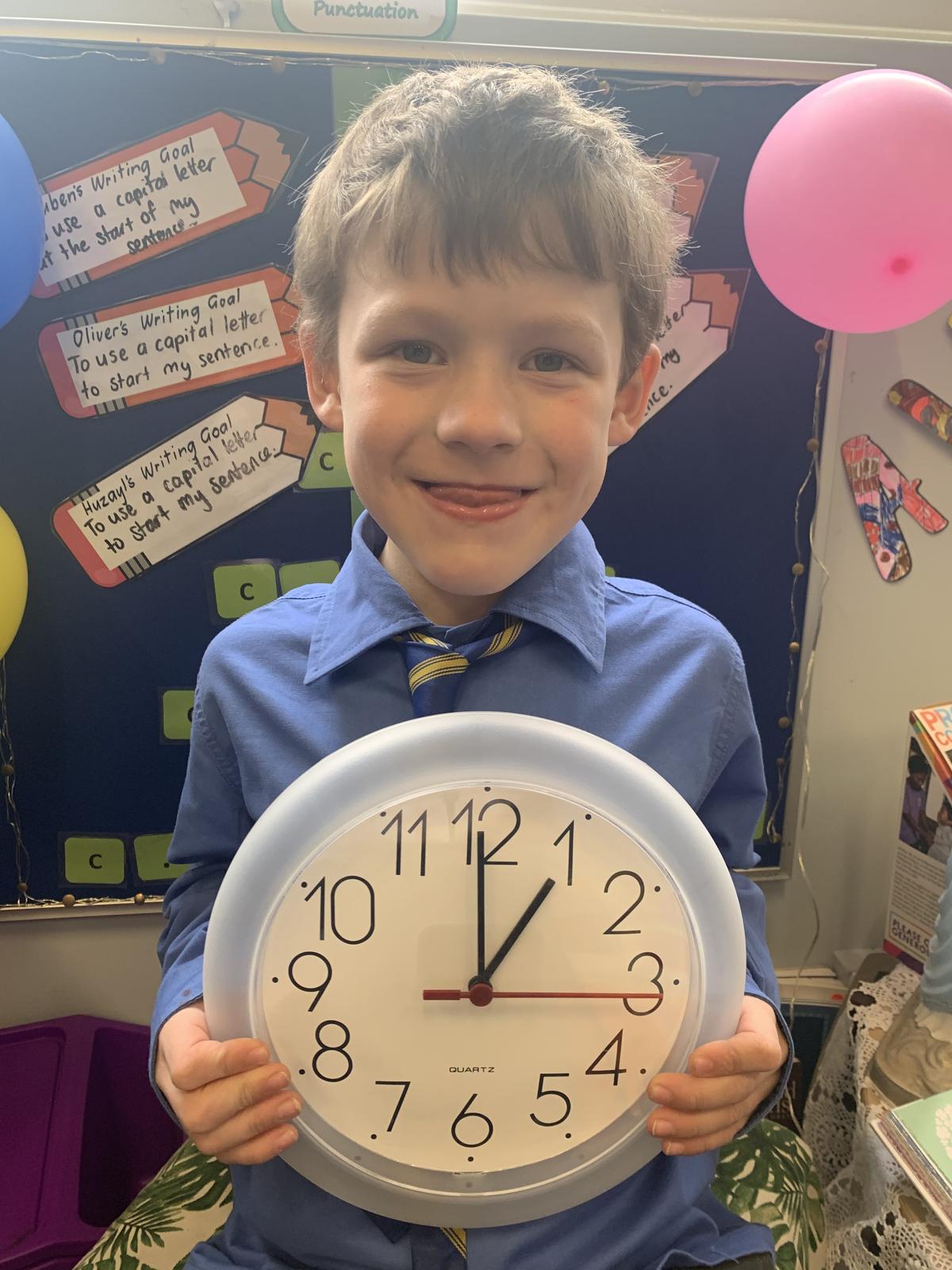
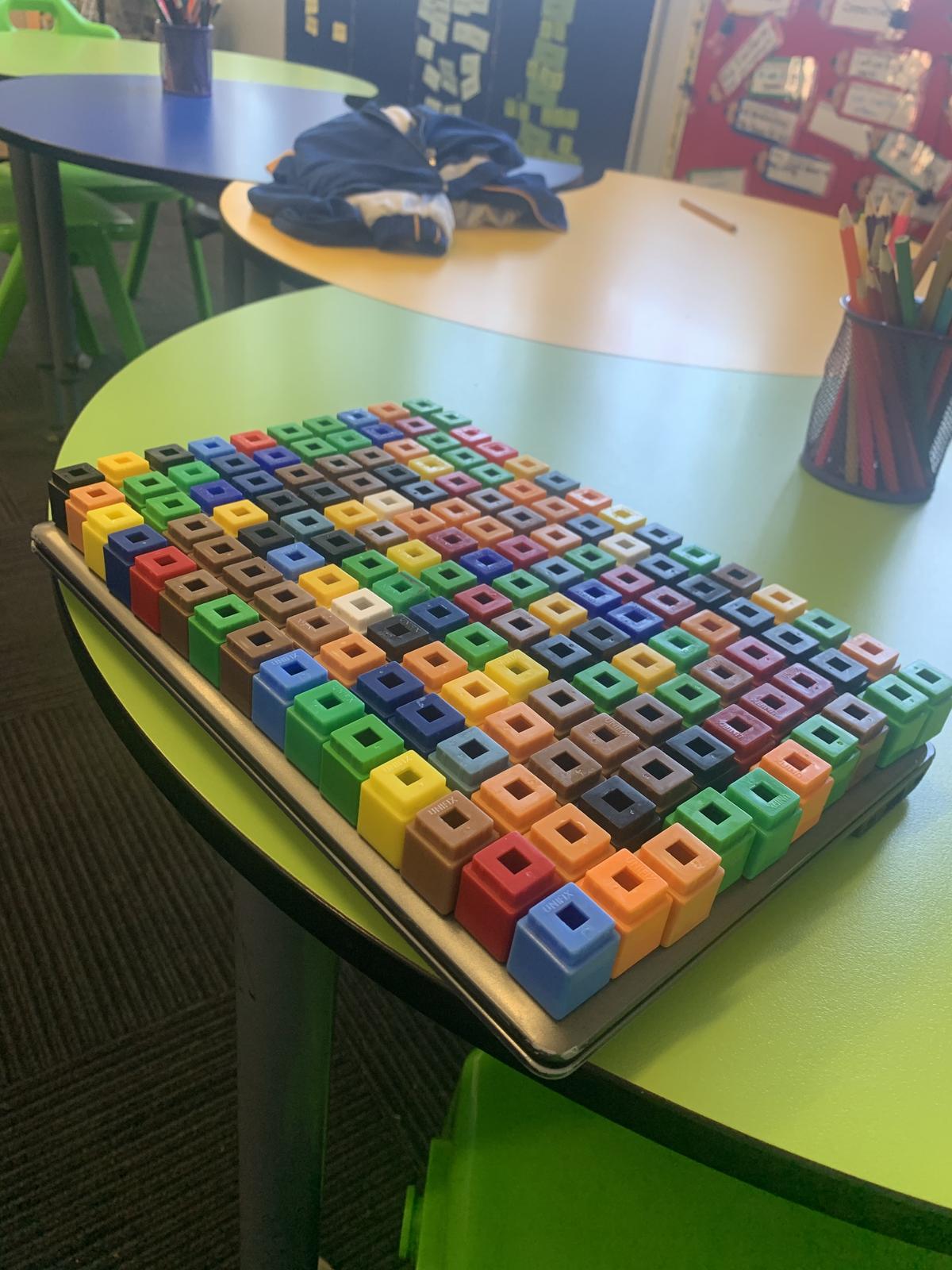
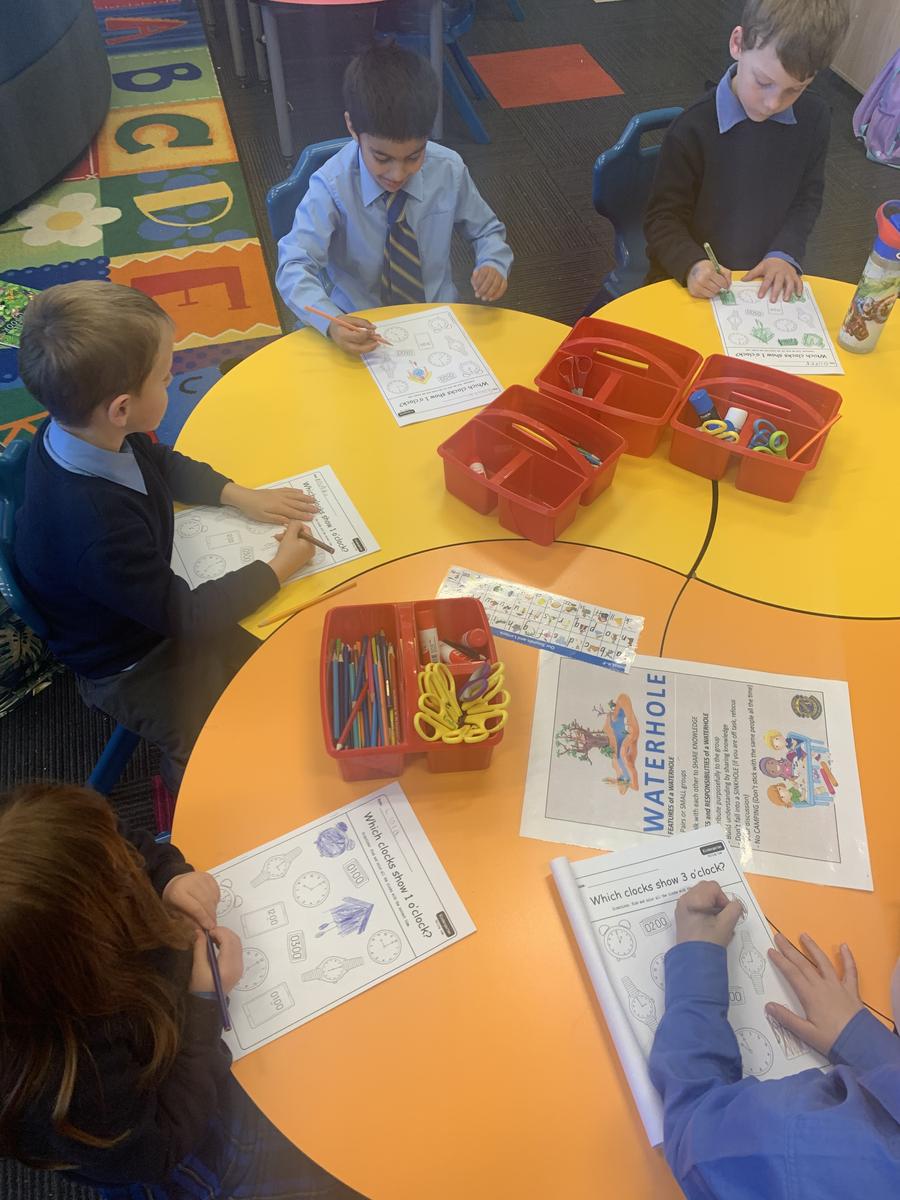








There is a place for written work in Mathematics, in the form of activity sheets, recording information and building a good foundation for writing numbers and symbols. In Early Stage 1, students learn best using a variety of ways to demonstrate their knowledge and understanding. What works best for one student, may not always be the best for all, and gives the teacher an opportunity to try lots of different learning experiences to engage and sustain student interest.
Mathematics in the Kindergarten classroom can be broken down in to the following categories: Hook- a visual and/or auditory prompt to excite students about their learning focus for the lesson; Warm Up - in Kindergarten a lot of fun is had with rhymes and songs to aide memory and allow connections to be formed, both to the topic and among students; Learning Intention - using the official Mathematics Syllabus and terms, teachers record the learning focus and break this down into child-friendly language and pictures for regular reference throughout the learning sequence; Success Criteria - this is the part where students can mentally 'tick off' what they can do and what they would like to be able to do. Using hands-on material and drawing illustrations allows students to make connections to their learning.
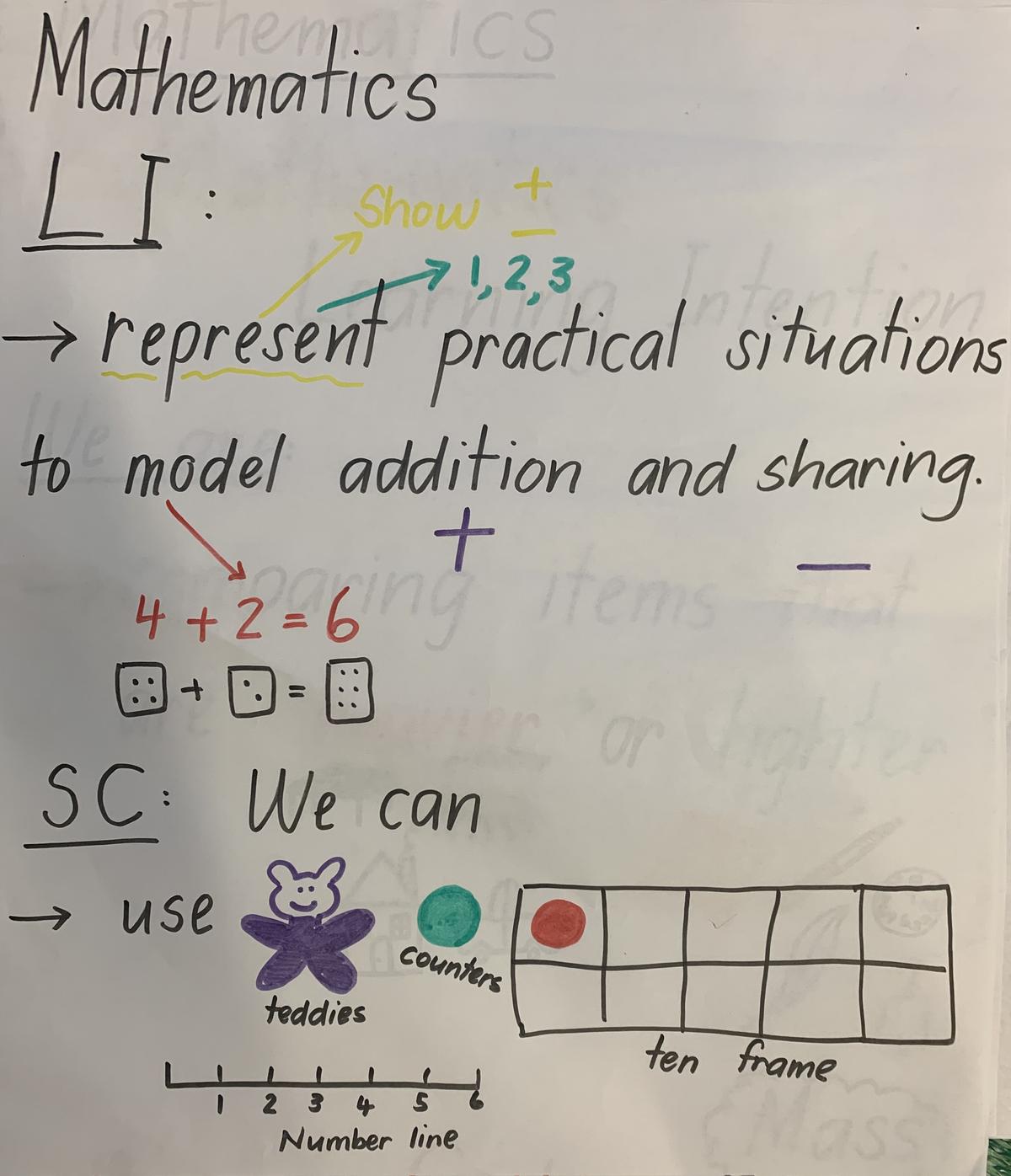
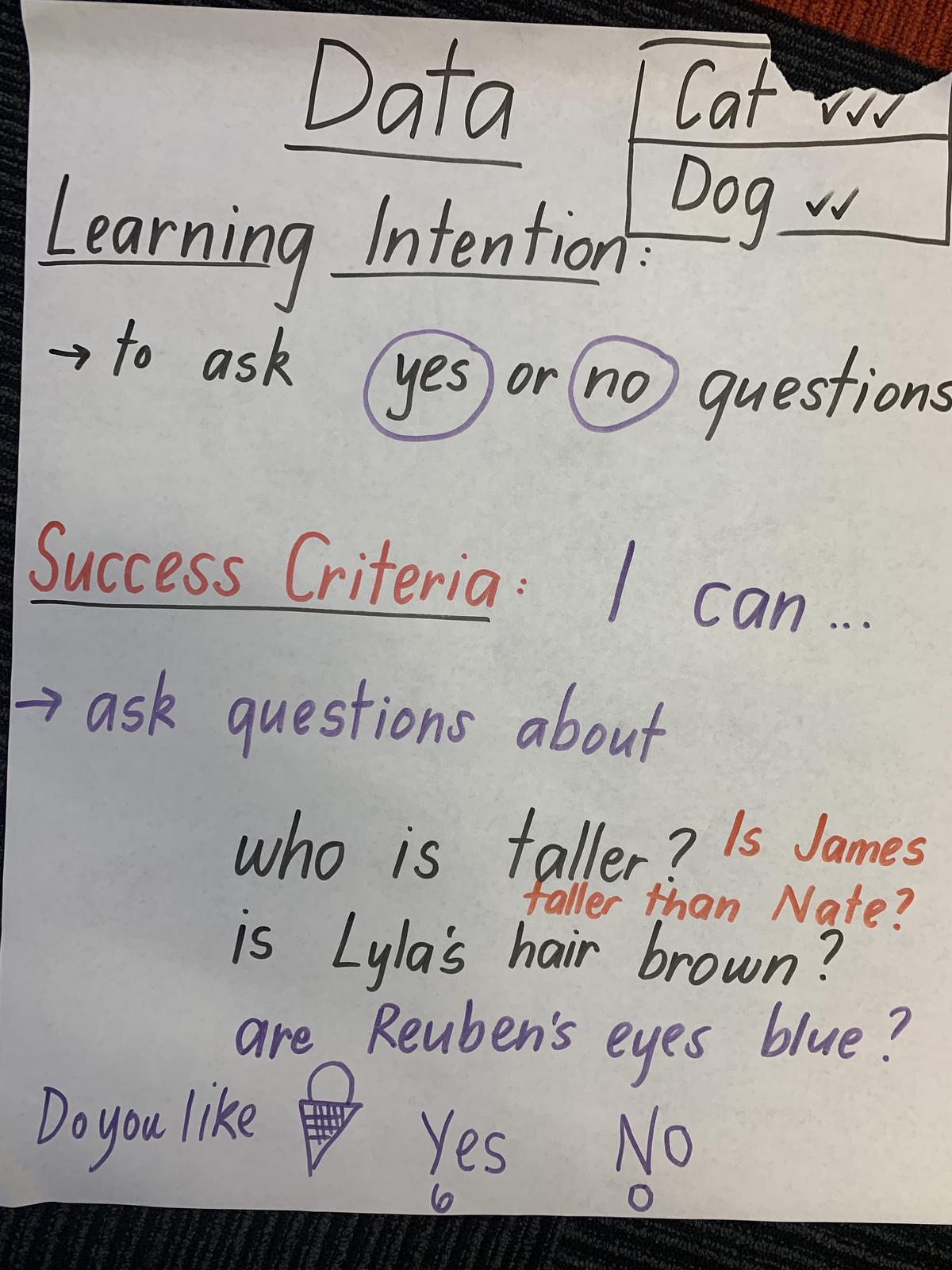


Here are a few favourite warm up songs for your enjoyment. The Kindergarten classroom is really a lot of fun!